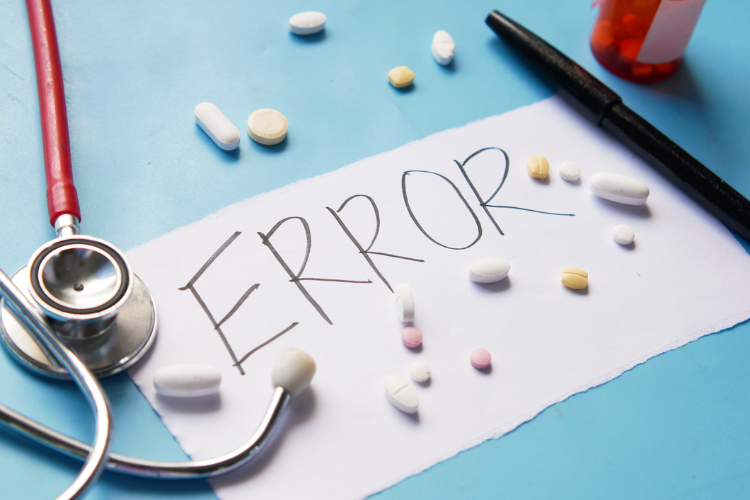According to a report by the National Center for Biotechnology Information (NCBI), medication mistakes are the most common medical error and cause an estimated 7,000 deaths per year in the United States. However, that number may be underestimated, as not all medication errors are reported or detected.
Medication mixups are only one of many errors that cause patient harm. This blog post will explore why medical errors happen and how better communication — and technology — can help prevent them.
What Are Medical Errors?
Medical errors are mistakes made by healthcare providers that harm patients. These can include diagnosis, treatment, medication, surgery, and communication errors. Medical errors can occur in any healthcare setting, including hospitals, clinics, and nursing homes.
In 1999, the Institute of Medicine’s pioneering report To Err is Human: Building a Safer Health System said medical errors resulted in as many as 98,000 deaths per year in the United States. A 2016 study by Johns Hopkins upped that total to 250,000 annual deaths — making medical mistakes the third-leading cause of death in the U.S.
Why Medical Errors Happen
One of the most common causes of medical errors is miscommunication between healthcare providers. A doctor may not convey medication dosages to RNs or nurse assistants. Primary care physicians and specialists may not share treatment plans before surgery.
Another common cause of medical errors is a need for more knowledge or training among healthcare providers. Medical procedures and treatments are constantly changing, and it can be difficult for healthcare providers to keep up with the latest developments. In addition, medical errors can occur due to faulty equipment or technology, including malfunctioning medical devices and glitches in electronic health records.
Communicate to Help Prevent Medical Errors
Preventing medical errors requires a multi-faceted approach. Healthcare providers must work together to ensure that they communicate effectively and have the knowledge and training necessary to provide the best possible care.
One effective strategy for preventing medical errors is the use of checklists. Checklists can help healthcare providers follow the correct procedures and protocols for a particular treatment or procedure. Having processes in place can help to reduce the risk of errors and improve patient outcomes.
Another strategy for preventing medical errors is the use of technology. Electronic health records (EHRs) can help ensure all healthcare providers have access to the most up-to-date information about a patient’s medical history, medications, and treatments. EHRs help reduce the risk of errors due to miscommunication or faulty information.
Better Training, Reporting with Healthcare Compliance Software
Regular training and education equips employees with the knowledge they need to maintain compliance in any situation. Encourage employees to go beyond the requirements and complete courses on other topics that align with the risks of your healthcare organization — for example, medication management. Education is also one of the simplest ways to correct behaviors that are discovered through proactive incident reporting.
A digital incident reporting solution can help eliminate delays, identify trends, and resolve issues more quickly. Key functions to look for in a digital solution include:
- Accessible-Anywhere Forms: A time saver that allows employees at any location with an internet connection to quickly and easily report incidents from anywhere.
- Dynamic Form Building: Drag-and-drop fields allow easy customization and improve the collection of specific data to simplify workflows and identify trends.
- Anonymous Reporting: Employees may feel uneasy about reporting incidents involving co-workers. An online format that allows employees to complete and submit incident reports from anywhere anonymously can significantly improve escalation and resolution.
- Automated Escalation Workflows: The days of searching for paper incident reports and finding the people involved are gone. A digital escalation matrix can expedite the approval and review process.
- Severity Clarity: Legacy incident reports often fail to properly denote the severity of an event. Digital incident reports assign accurate and meaningful classifications that improve reporting effectiveness and trend identification.
Want to learn more about compliance training and incident reporting? Contact a MedTrainer expert.

